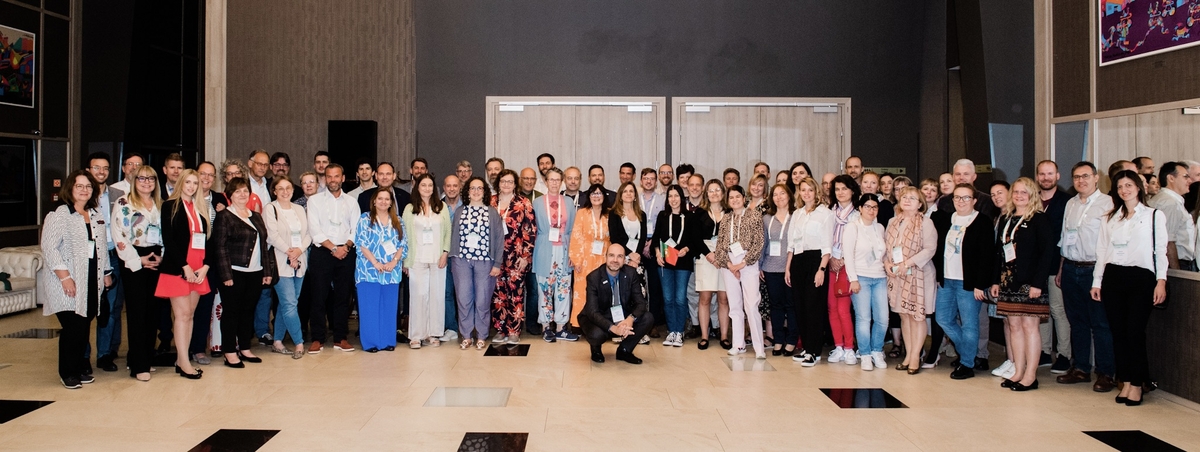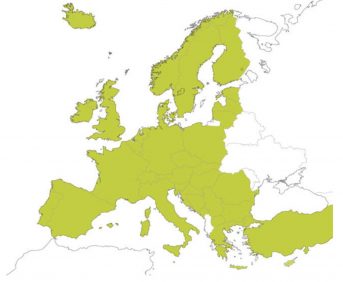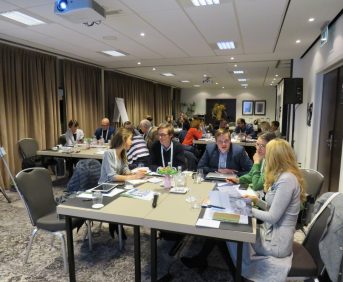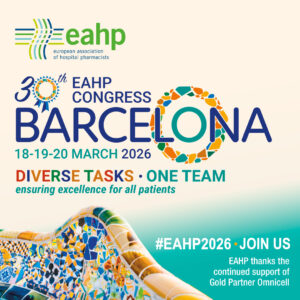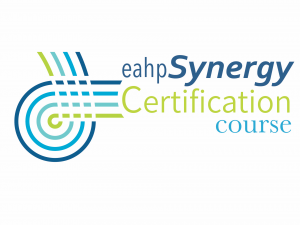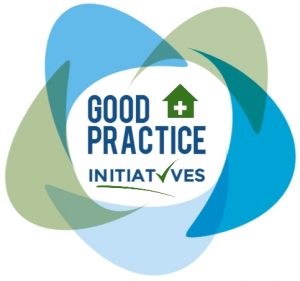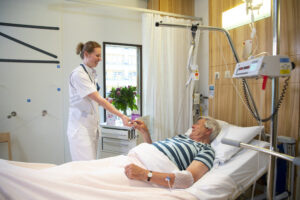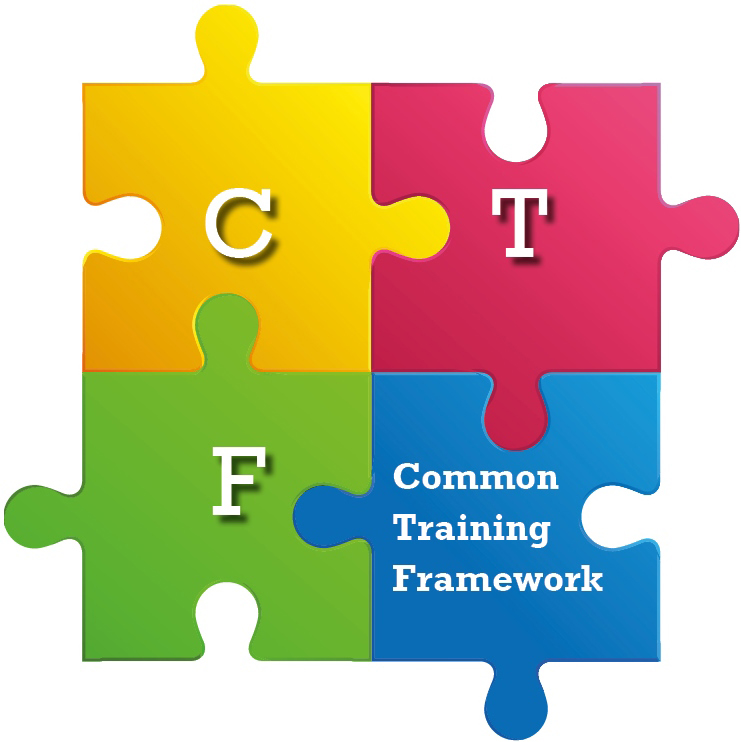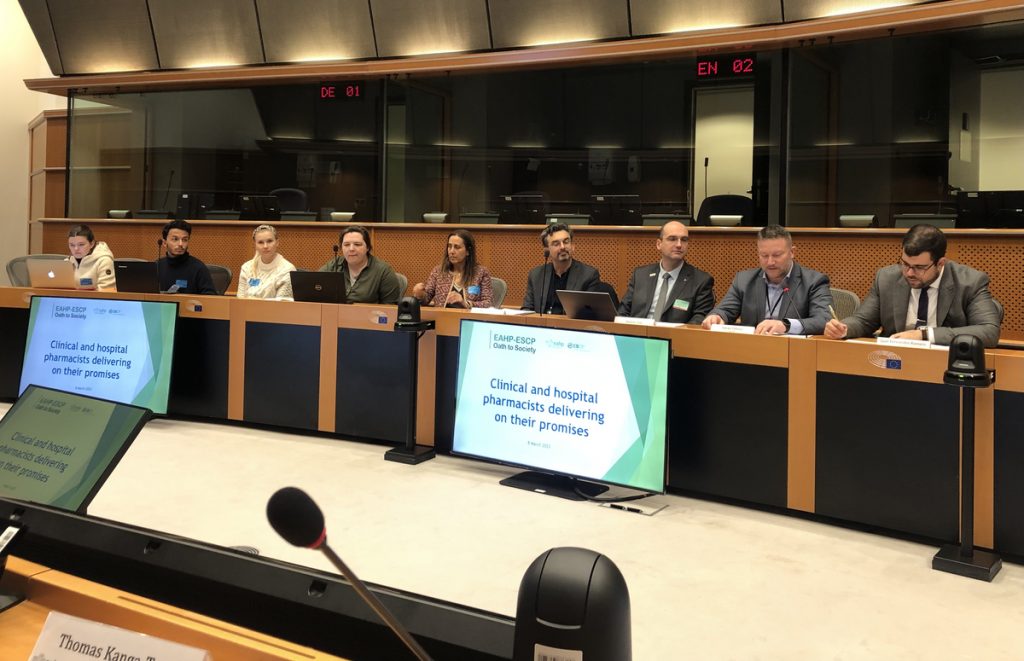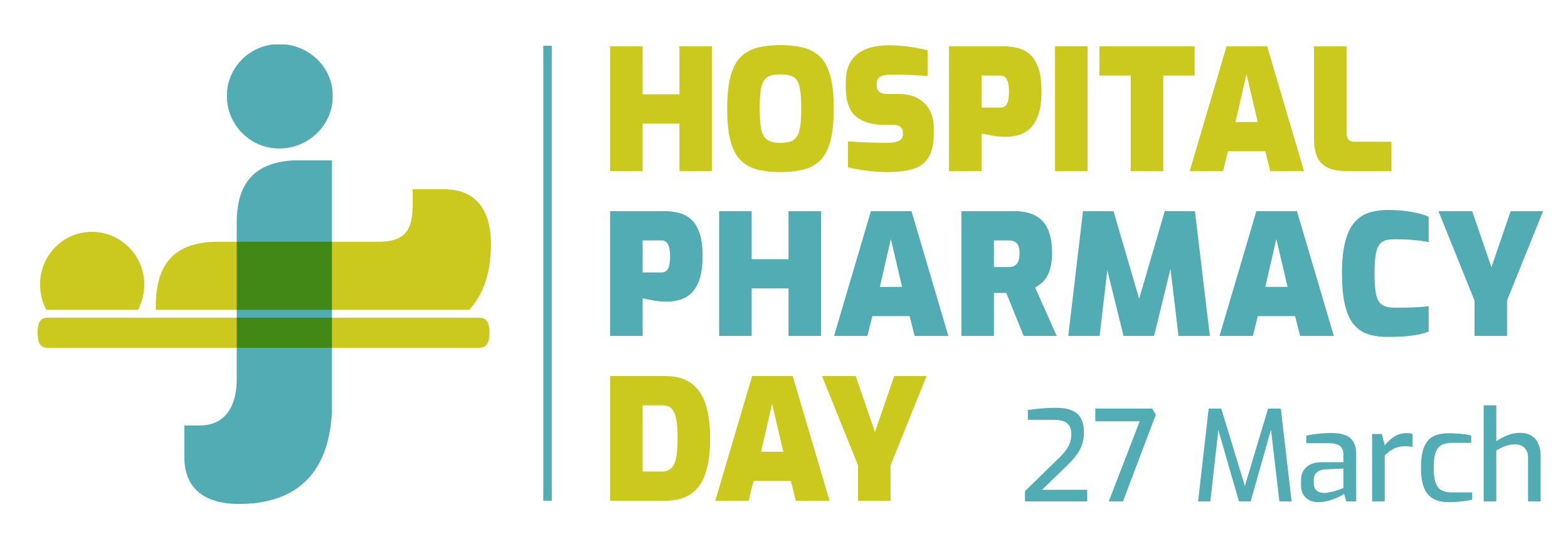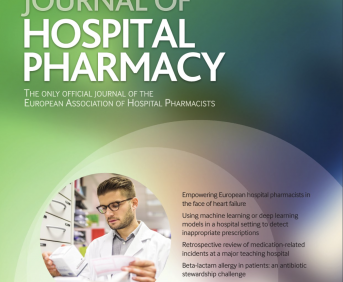IMPLEMENTATION DESIGN OF A SECURITY STRATEGY IN THE HANDLING OF HAZARDOUS DRUGS IN A SOCIAL HEALTH CENTRE
Pdf

European Statement
Patient Safety and Quality Assurance
Author(s)
CRISTINA MORA HERRERA, VICTORIA VAZQUEZ VELA
Why was it done?
Occupational exposure to HD can cause health damage to exposed healthcare professionals, so protective measures must be taken
What was done?
The hazardousness of drugs can cause damage due to exposure in healthcare workers from Social Health Centers (CSS). As an objective, the design of a security strategy in the handling of hazardous drugs (HD) was proposed with the elaboration of a safety working procedure (SWP) and preventive measures. In addition, the HDs were identified, with proposals for alternatives and recommendations for handling and administration were released.
How was it done?
Observational cross-sectional study to identify employment MPs in a public CSS. The demographic characteristics of the patients and their Pharmacotherapeutic prescription were recorded. A total of 107 residents were included, with a mean age of 78.9 years and 59.8% (64) men. The average stay in the center was 7.4 years (1-27). Regarding functional capacity, 53.3% were considered assisted, 89% of them with grade III -II assessment, that is, large dependents and severe dependents. Of the valid group (46.7%), 70% belonged to socially excluded. The most prevalent pathologies in the center are vascular, neurodegenerative, osteomuscular and respiratory. The mean number of medications per patient was 4.8. Only 6 patients did not receive Pharmacological treatment.
The design of the security strategy was structured in 3 phases; 1st)Elaboration of an SWP with assignment of functions/responsibilities, preventive measures to be adopted in the handling of HDs, description of the circuit and quality indicators of the strategic procedure; 2nd)Carrying out a descriptive observational cross-sectional study to identify the HDs used. The list of active principles (AP) included “NIOSH list of antineoplastic and other hazardous drugs in healthcare settings 2014” was compared with those included in the GFT of the center; 3rd)Releasing of recommendations through information sessions/ workshops for healthcare professionals.
What has been achieved?
An effective and safe employment system/circuit is established in the SWP, with relative preventive measures to control associated risks that may occur in handling and/or administration. 22 HDs were identified. A safer alternative was proposed for 9. Recommendations for the handling of HDs, associated risks and proper use of PPE were disseminated through 2 training sessions.
What next?
The identification of hazardous drugs and communication of improvement actions made it possible to implement a standard work procedure guaranteed safety in handling, and to provide an adequate means to avoid exposure due to healthcare workers.

